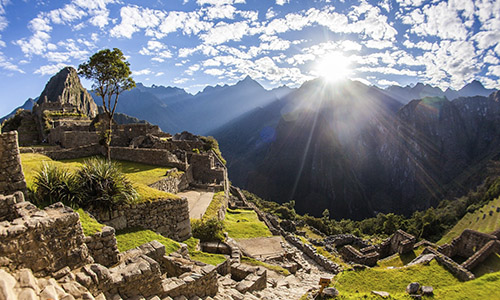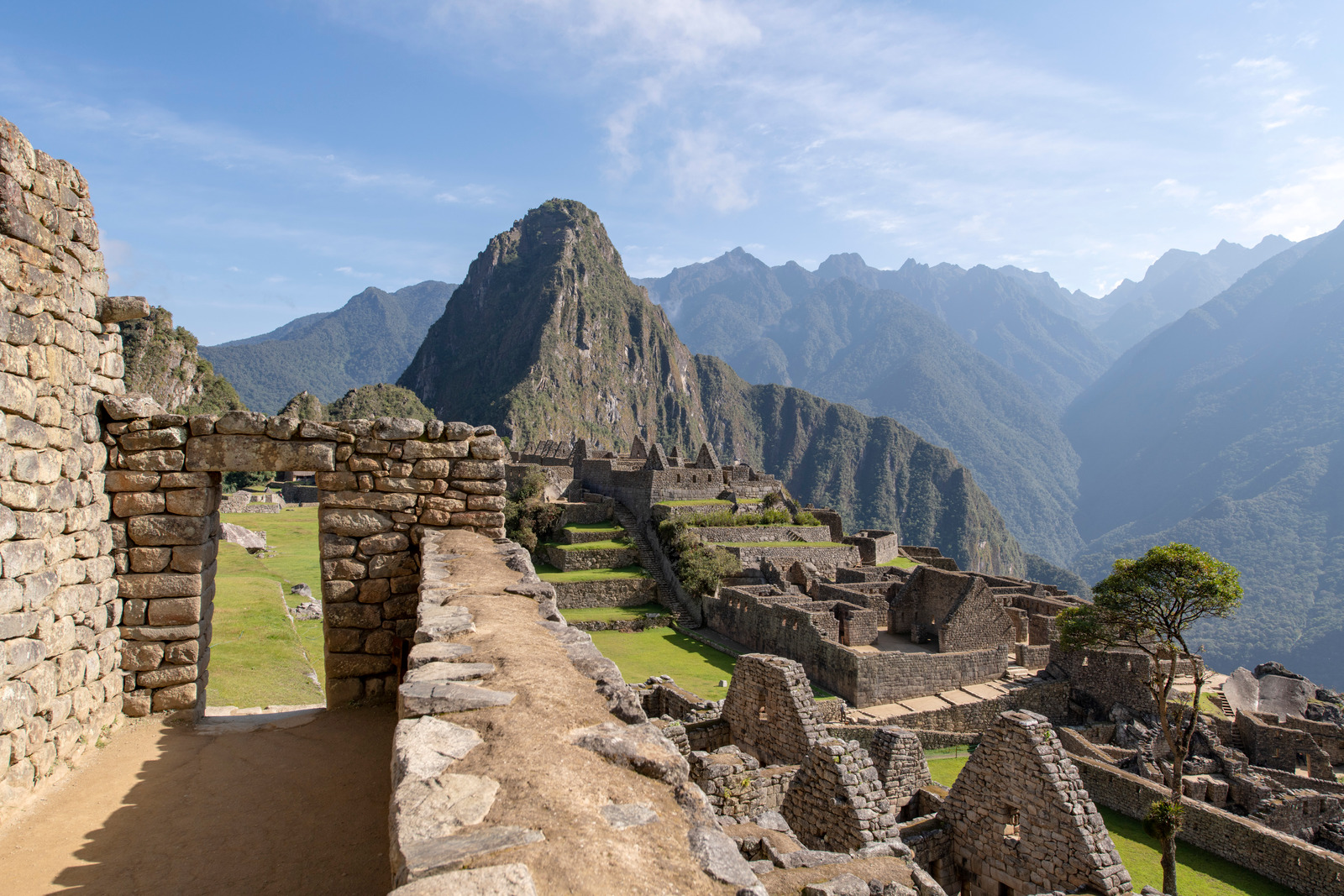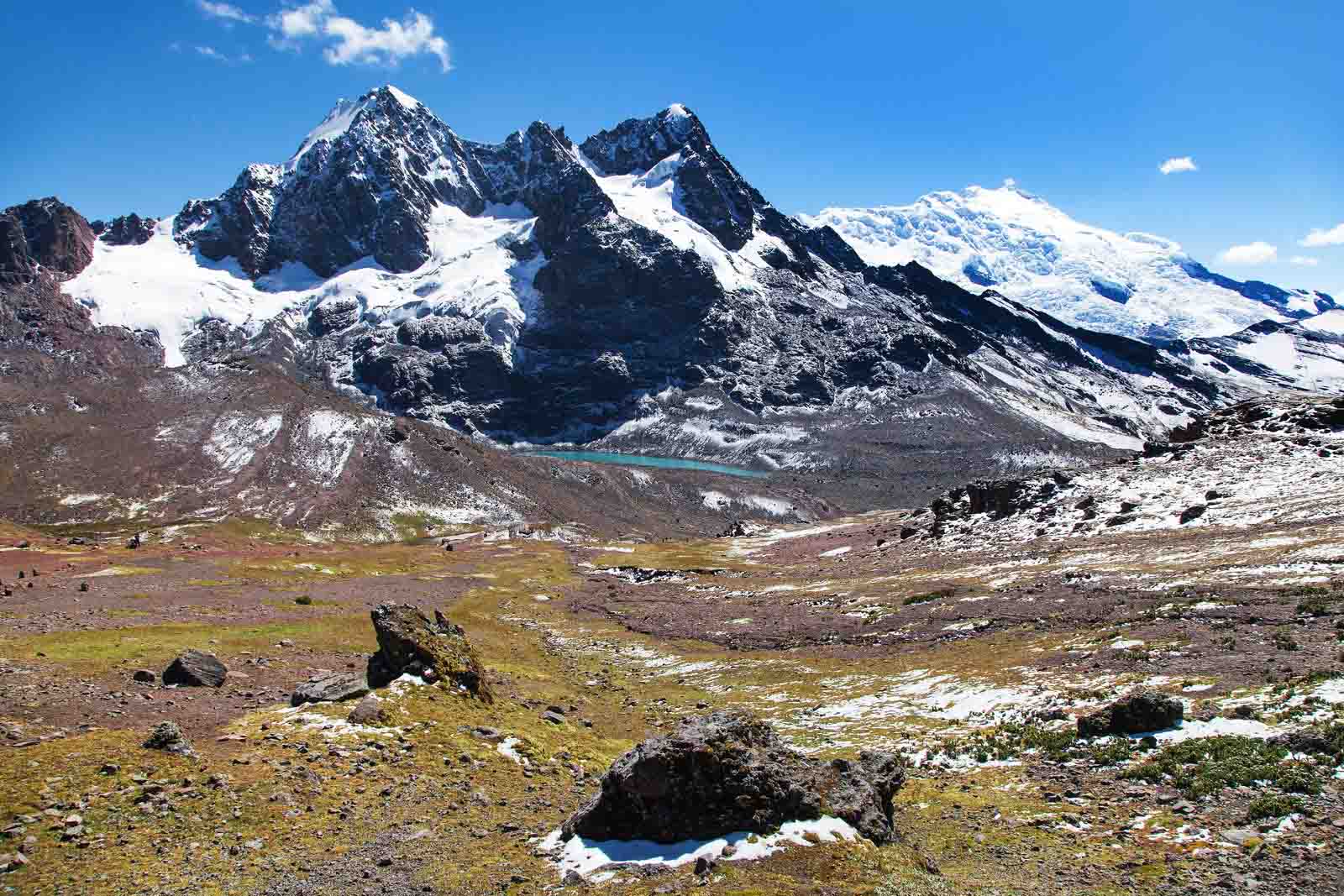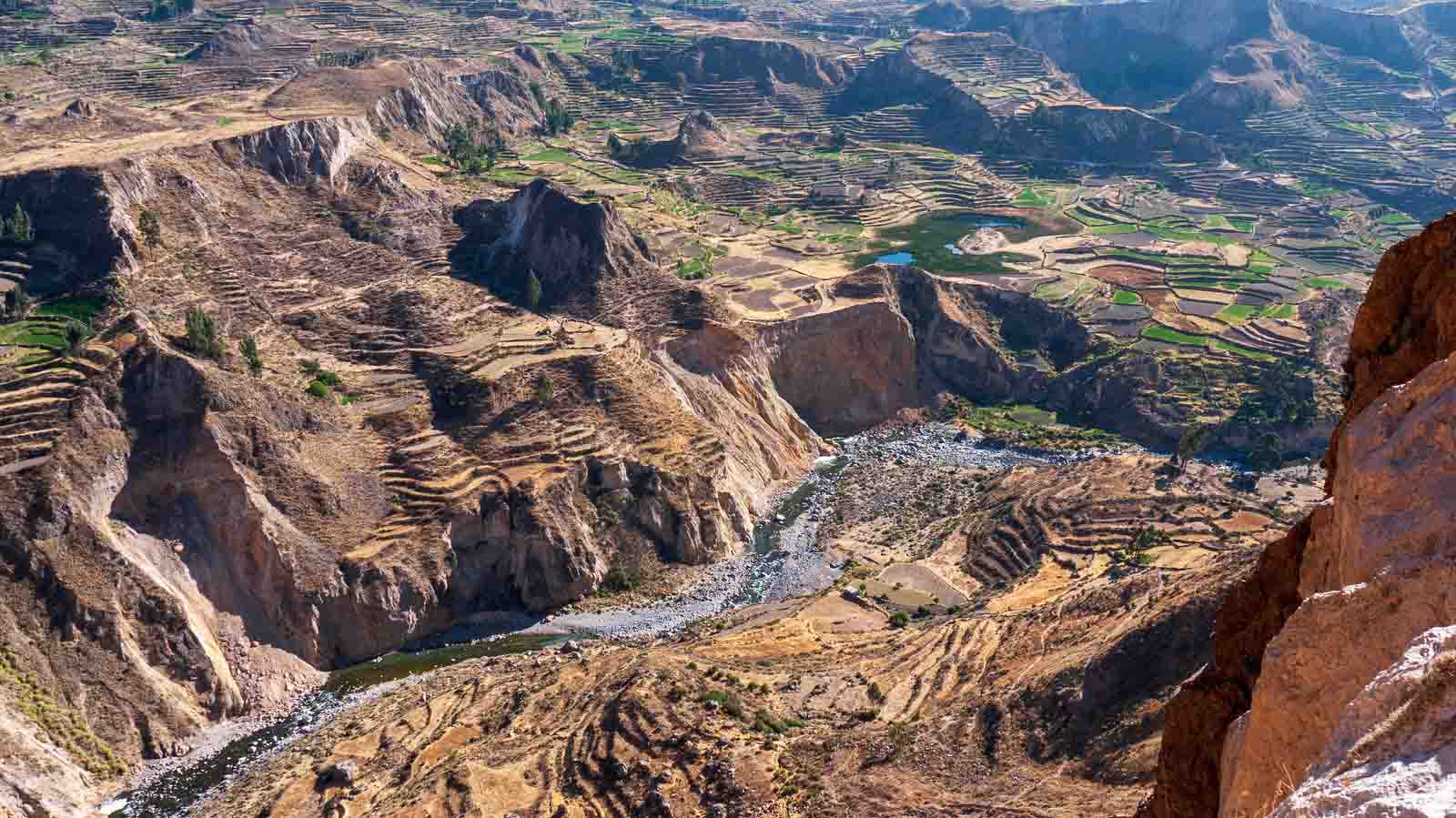
When you think of Peru, the famous Inca Trail most likely comes to mind. Built by the Incan Empire over 500 years ago, the four-day expedition is one of the most desired hikes for intrepid explorers. But the Inca Trail is just one of a vast network of trails that connect Peru to Ecuador, Chile, and parts of Argentina. Covering anywhere between 23,000 – 45,000 km, these routes were used for trade, transport and effective movements throughout times of war.
Today, there are many more awe-inspiring hikes to explore throughout the diverse landscapes of Peru. From snow-capped mountains with deep valleys and turquoise lakes, to dense jungles teeming with wildlife – there is no better way to appreciate the varied landscapes of this beautiful country than on foot.
In this article, we explore how you can discover the incredible history of this fascinating country as you hike through Peru.
As a city lost to overgrown foliage for centuries, Machu Picchu was rediscovered by Hiram Bingham, an American explorer, in 1911. This led to the Peruvian Government restoring much of the ancient pilgrimage route, discovering mummies and fascinating ancient relics along the way.
It’s believed that of the multiple Incan trails, the road to Machu Picchu was reserved only for the King and his court. As such, it’s often called the ‘Royal Road’. As you hike the 45 km route, you can discover multiple ancient Incan sites that support this theory.
The first site you’ll encounter is Llactapata, where ruins of the ancient settlement feature a cemetery, a ceremonial centre and 16th century structures that stand high over the Cusicancha river bank. The impressive array of agricultural terraces create a complex system used to cultivate food at over 2,800 metres altitude.
As you hike the second day of your trail, you’ll encounter Runkurakay. This semi-circular structure of high stone walls is thought to have been a place where messengers, called Chasqui, relayed information up and down the trails. They are said to have used coloured fabrics tied into knots to communicate, creating a language that only a few understood to prevent information from falling into the wrong hands.

© Latin Trails
Naturally, your hike along the Inca Trail will lead you to the jewel of Peru – Machu Picchu. The Citadel is an incredible testament to the advanced architectural capabilities of the Incan Empire. It stands 2,430 metres above sea level, with giant walls and temples seamlessly carved into the rock and blending beautifully with the rich natural fauna and flora of the Amazon basin.
Built in the 15th century, Machu Picchu is teeming with historical wonders, showcasing ruins of the ways in which this ancient society used irrigation canals and creative trail systems to live harmoniously within this incredible natural landscape.

Photo: Canva – Andrey Khrobostov
This is one of the most scenic routes you could hike in the entire world. Circulating around the Ausangate Mountain, which is the highest mountain in the Cusco region of Peru, the panoramic views will take your breath away. Best suited for experienced trekkers due to its high altitude, the unspoilt natural beauty of the Andes is perfectly displayed on this route.
Along this intense hike is the opportunity to visit the Rainbow Mountain, a relatively new attraction which reveals layers of various sediments in a colourful display. Much of the mountain was covered in snow for many years, but climate change has led to the beautiful colours being revealed in this unique natural phenomenon.
Formally known as Vinicunca, this mountain was a place where ancient, pre-Incan tribes would worship and leave offerings to connect with the Gods. If you would like to view this spectacle for yourself, be sure to acclimate yourself to the high altitudes before visiting Vinicunca, to avoid altitude sickness.

Photo: Canva – DanielPrudek
For history of an evolutionary sort, head to Colca Canyon. This picturesque hike leads you down into the second-deepest canyon in the world, descending into a Jurassic wonderland where the gigantic Andean Condors fly. These mesmerising birds have a wingspan of 7 – 9 ft, and they are quite the sight to behold as they swoop in and out of the caves and crevices of the canyon.
In the basin of the canyon, a magical oasis awaits you. Palm trees overhang natural pools that are warm and deep enough to swim in. With accommodation and refreshments available throughout the route, this hike isn’t too difficult and is massively rewarding in terms of scenery and wildlife.

Photo: Canva – Wim Ban den Brande
With such immense diversity to be found across the natural beauty of Peru, hiking in this part of the world is nothing short of incredible. Be sure to research your routes thoroughly, and consider hiking with a group or tour for the more adventurous trails to avoid becoming lost or suffering from altitude sickness. After exploring the history of Peru by foot, you’ll undoubtedly gain a new sense of awe and respect for this dramatic and ancient landscape.
Leave a Comment